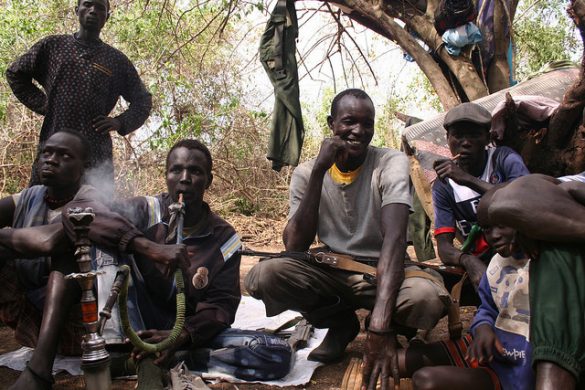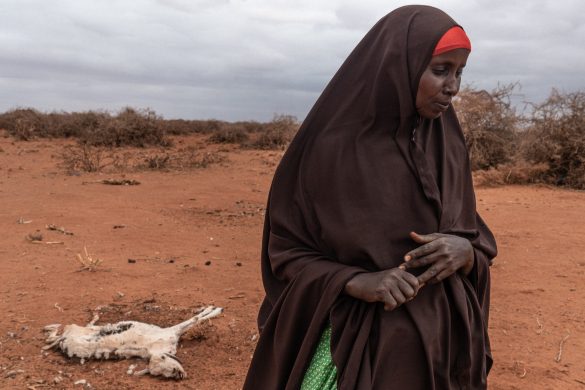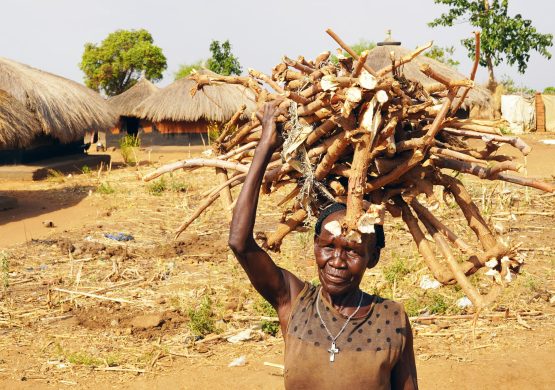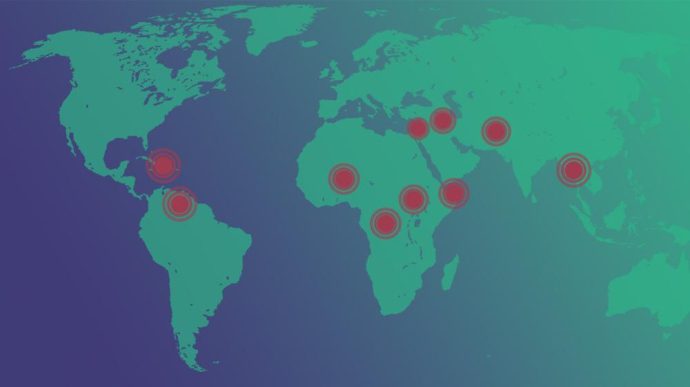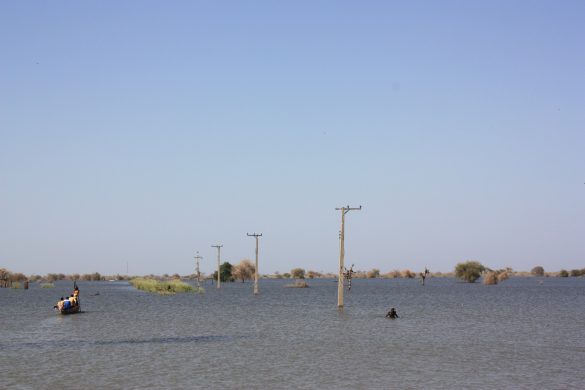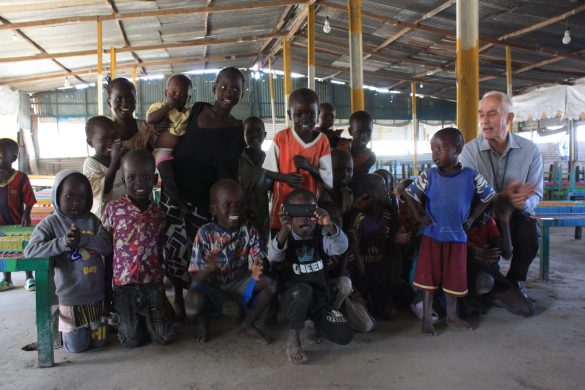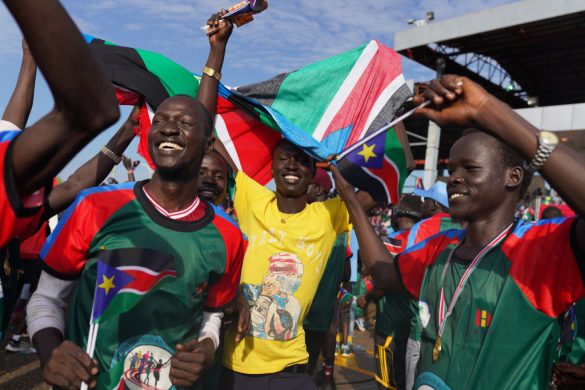WASHINGTON, 1st. July, 2015 (World Bank): The World Bank’s latest estimates of Gross National Income per capita (GNI = indkomst pr. indbygger) continue to show improved economic performance in many low-income countries.
BANGLADESH, BURMA and KENYA are now becoming lower-middle income countries, joining those with annual incomes of 1,046 to 4,125 US dollar.
MONGOLIA and PARAGUAY move from lower middle-income status to upper middle-income, a group with yearly income levels of 4,126 to 12,735 dollar.
Gross National Income (GNI) is a broad-based measure of income generated by a nation’s residents from international and domestic activity.
GNI per capita measures the average amount of resources available to persons residing in a given economy, and reflects the average economic well-being of a population.
Beset by civil war and a national oil industry at a standstill, SOUTH SUDAN has fallen out of the lower middle-income classification and back into low-income status, where average per capita incomes are 1,045 dollar or less.
Svimlende forskel på Malawi og Norge
People living in low-income countries continue to fall behind those in the upper per capita GNI brackets, while they earn and consume significantly less than much of the world’s population.
MALAWI is an illustrative example: It has the world’s lowest reported GNI per capita at 250 dollar.
In 1990, Malawi’s GNI per capita was 180 dollar – in 24 years its average per-capita income has increased by just 70 dollar = 430 til 440 kr. (!)
In the same period NORWAY, one of the world’s wealthiest countries, has seen its per capita income increase from 26,010 to 103,050 dollar, an increase of 77,040 dollar (ca. 460.000 kr.).
The numbers are staggering and hard to comprehend.
Malawi has already for long been rated as the poorest country in Southern Africa.
Sandt tigerspring af Vietnam
Some countries have made remarkable progress.
In 1990, VIETNAM was a low-income country at the bottom of the rankings, with a GNI per capita of 130 dollar.
Today, the South East Asian country is reliably lower-middle income, with a GNI per capita of 1,890 dollar – moving up more than 50 places in the rankings over the last 25 years.
(Det har betydet, at Vietnam er blevet for “rigt” til at få egentlig dansk udviklingsbistand, som indstilles med udgangen af 2015 efter flere års neddrosling. I stedet skal der satses på samhandel og investeringer. – red.)
Each year on July 1, the World Bank revises the income classification of the world’s economies based on estimates of GNI per capita for the previous year.
The World Bank also uses the updated GNI per capita estimates in its operational classification of economies that determines lending eligibility.
I 1994 levede over halvdelen i fattige lande – nu er det 8,5 pct.
“While we need to measure development progress in different ways, income-based measures, such as GNI, remain the central yardstick (målestok) for assessing economic performance”, said Kaushik Basu, World Bank Chief Economist and Senior Vice President.
“Our latest data show that in terms of this indicator, the world’s economic geography has changed a lot. In 1994, 56.1 per cent of the world’s population – 3.1 billion people – lived in the 64 low-income countries”.
“In 2014, this was down to 8.5 per cent, or 613 million people, living in 31 countries. It is heartening to see that over the last one year itself four nations crossed over that critical line from the low-income to the lower-middle income category.”
Læs videre hos Verdensbanken

